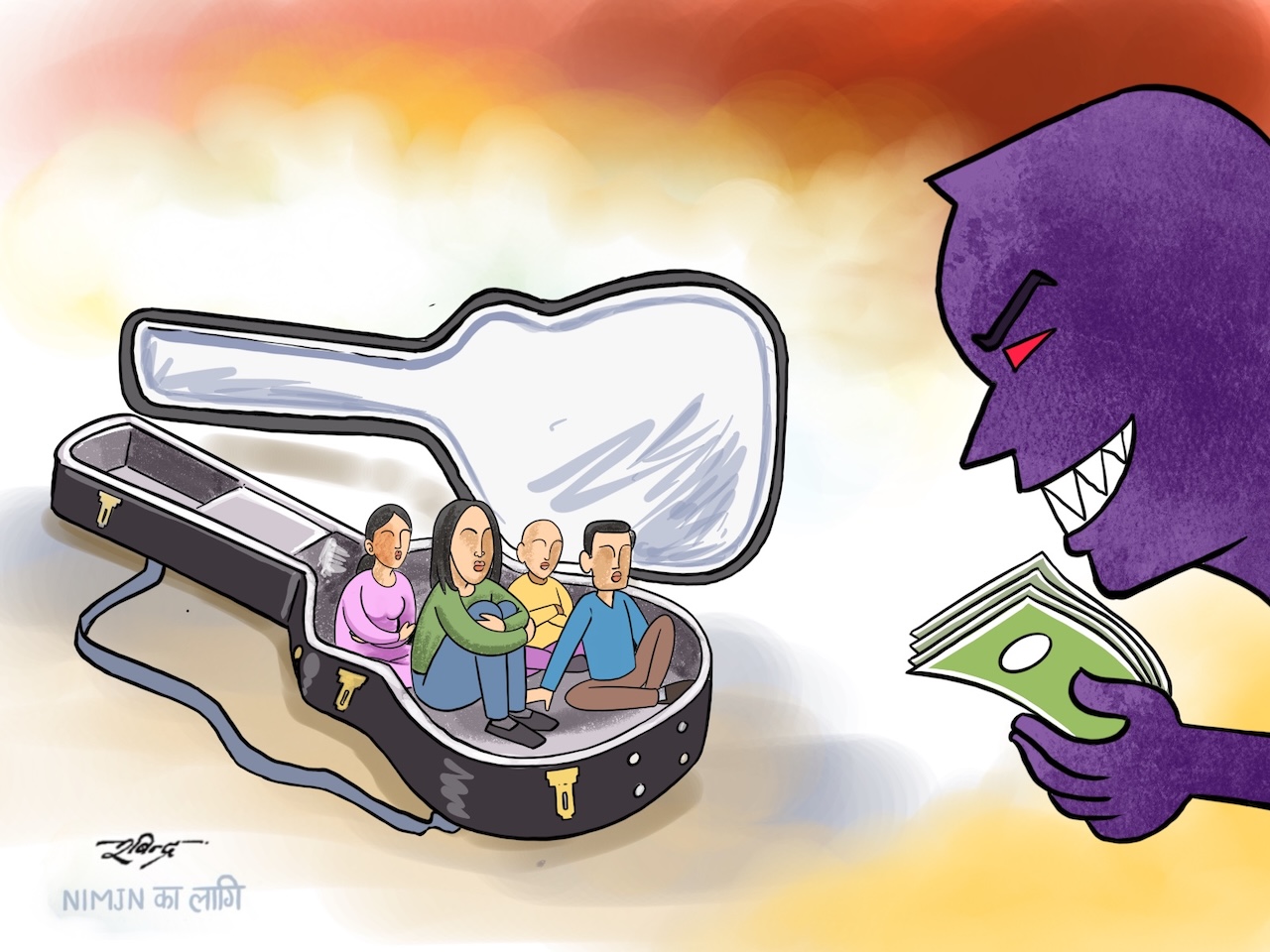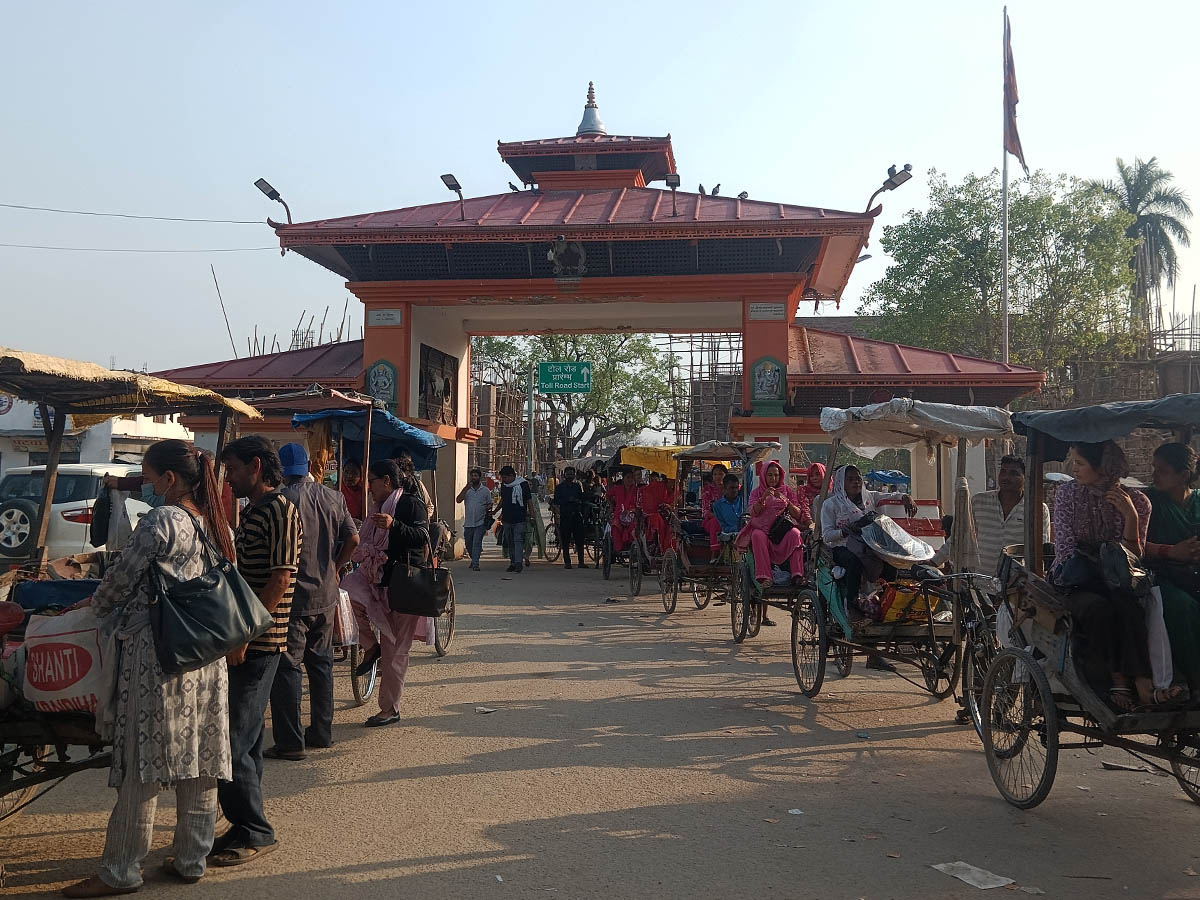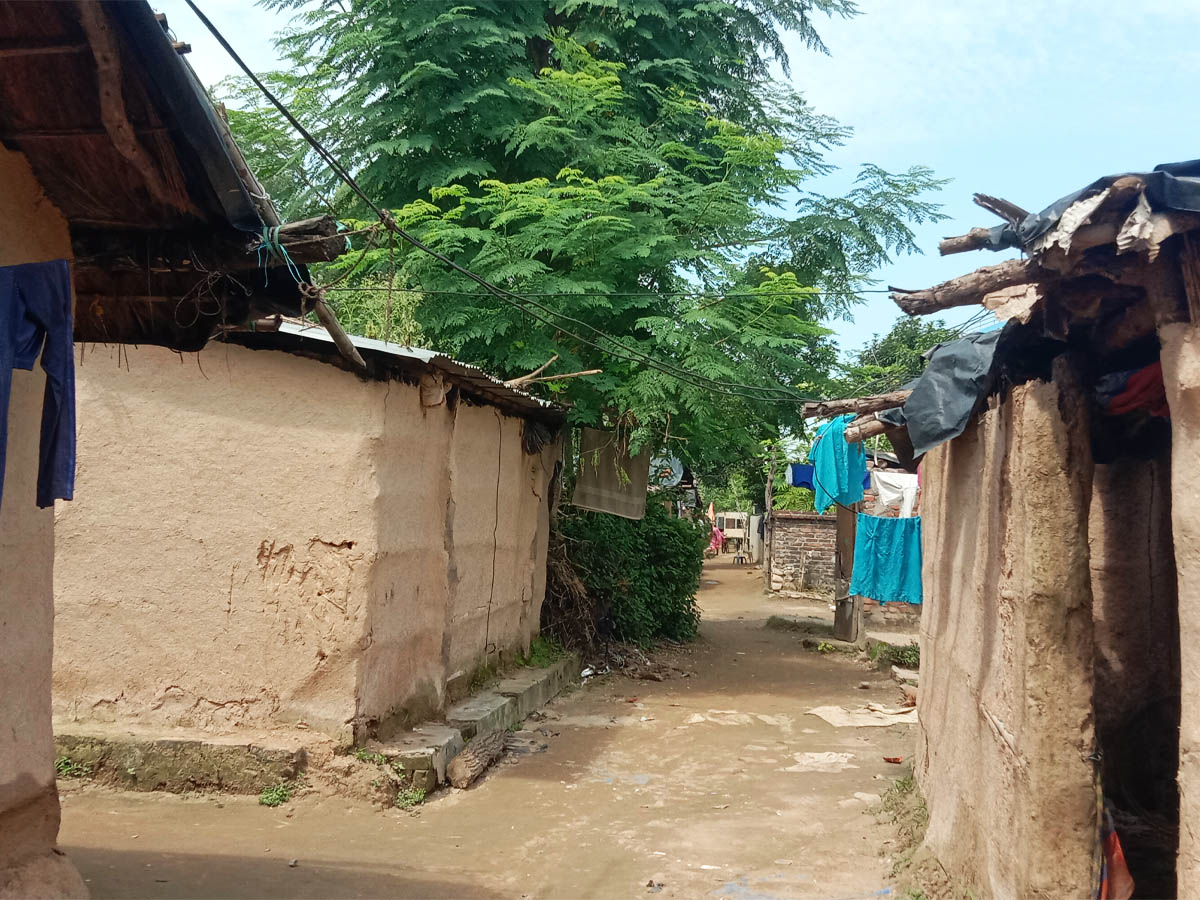Read the first part of Bullying in School series- Silent Killer: How Bullying at School is Killing Nepali Children
In Nepali: विद्यालयमा हुने ‘बुलिङ’ ले खतरामा बालबालिका
Second Part in Nepali: बाल संरक्षण मापदण्ड : ऐनमा छ तर कार्यान्वयनमा छैन
The Act Relating to Children (2018) provisions standards relating to child protection and states that “a school, public body, private sector as well as social organization directly working with children” should formulate and enforce child protection standards at the institutional level. It further says that it shall be the responsibility of the school, chief of every public body, private sector and social organization to enforce the child protection standards. But the state has not been able to provide the required legal framework, nor been able to implement the prevailing legal provisions, to protect children from possible psychosocial harms.
 The Ministry of Women, Children and Senior Citizens and the Ministry of Education, Science and Technology — the ministries which are directly related to the issues of children — are clueless about whether or not the schools and other institutions have formulated child protection standards. The Act Relating to Children encompasses most of the issues related to crime, abuse and violence against children, including corporal punishment and torture. But the legal provisions regarding protection of children from psychosocial harms are not clear. Even those provisioned by laws have not been enforced and efforts made to formulate additional necessary laws are incomplete.
The Ministry of Women, Children and Senior Citizens and the Ministry of Education, Science and Technology — the ministries which are directly related to the issues of children — are clueless about whether or not the schools and other institutions have formulated child protection standards. The Act Relating to Children encompasses most of the issues related to crime, abuse and violence against children, including corporal punishment and torture. But the legal provisions regarding protection of children from psychosocial harms are not clear. Even those provisioned by laws have not been enforced and efforts made to formulate additional necessary laws are incomplete.
Chiranjibi Bhandari, the then Information Officer at the Ministry of Women, Children and Senior Citizens, says that very few schools have formulated standards for child protection. “We do not have exact data to confirm how many schools and institutions have such standards.” Those who work in the child protection sector say that due to lack of protection standards, children’s protection from physical and psychosocial harms and other issues has been compromised. Ram Bahadur Chand, Information Officer at National Child Rights Council, argues that a law is needed to hold stakeholders to account. “We need these standards to hold the stakeholders to account, if nothing else,” he said.
The 2013 data of Center for Education and Human Resource Development (CEHRD), under the Ministry of Education, Science and Technology (MOEST), shows that there are a total of 36,000 community and institutional (private) schools in the country. A total of 5,438,000 students study in primary level (grade one to eight), while 1,784,000 students study in high-school level (grade nine to 12) in these schools. There are 40,356 preschool centers across the country, where over 128,000 children (aged up to five) study. But the ministries directly concerned with the children — the Ministry of Women, Children and Senior Citizens and Ministry of Education, Science and Technology and the authorities under them — have no clue about how and whether child protection standards are formulated and implemented at all. Shiva Kumar Sapkota, Spokesperson at the Ministry of Education, says, “We have no information about implementation status of child protection standards.”
Child protection standards: What does it mean?
The Act Relating to Children (2018) is meant to honor and protect the rights of the children and to ensure their ‘maximum welfare.’ The Act, which is the prevailing law at the moment, has a provision for child protection standards. Subsection 1 of Section (57) of the law says: “A school, every public body, private sector as well as social organization directly working with children shall formulate and enforce child protection standards at the institutional level, in order to prevent violence against children or child sexual abuse, ensure protection of children and immediately take action on complaints.” Subsection (2) states: “It shall be the liability of the school, chief of every public body, private sector and social organization to enforce the child protection standards formulated pursuant to sub-section (1).” None of these provisions are in implementation, which raises a question over the very objective of ‘ensuring maximum welfare of children.’
Ram Prasad Sharma, Under-Secretary at the School Education Division of the Education Ministry, says that schools may not be informed and aware about the legal mandate to formulate and implement the child protection standards. “Schools may be clueless about this provision,” he said. The constitution of Nepal states that ‘ignorance of law shall not be forgivable,’ which means no school, or institution, or citizen for that matter, can get away by saying that they do not know about the law. But the Education Ministry official says without compunction that schools may not be informed about the law and cites the same reason for non-compliance of child protection standards formulation.
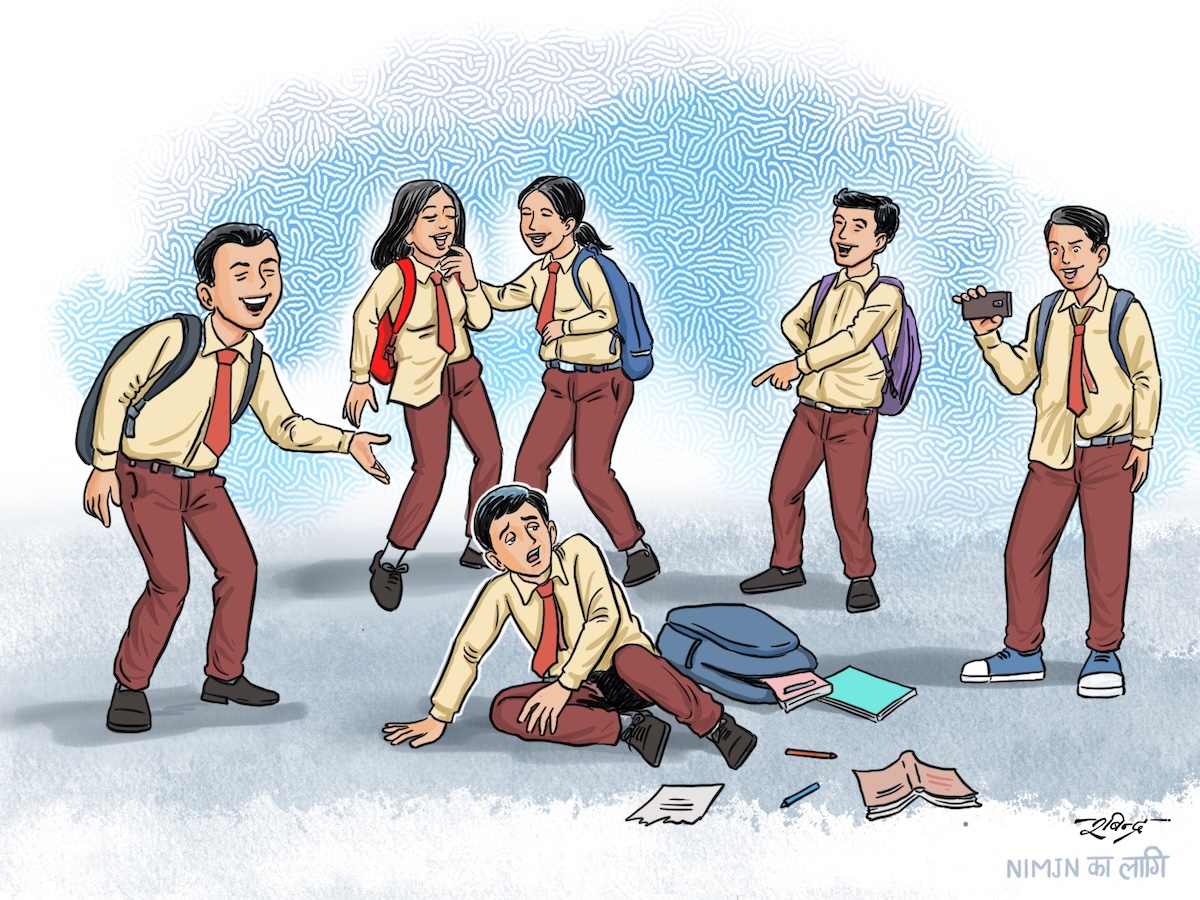
The template of the standards has not been made public yet. “It is assumed that the concerned authorities will make the template themselves,” said Shiva Kumar Sapkota, Spokesperson at the Education Ministry. The National Child Rights Council has been working on a template so that the schools and other institutions will be able to implement the standards. “We have made an outline of the template,” said Chand, Information Officer at the Council. “It is being reviewed by experts,” Chand says it is not necessary to follow the template exactly as it is once the template is finalized.
The Complaint Hearing Procedure (2007), amended in 2020, suffers the same fate. Nothing is known about whether the Procedure that the Department of Education prepared for the local government to execute is in execution or not or what is the progress status of the same. As per the procedure, students, or parents and guardians or others on their behalf, can register an oral or written complaint. The Procedure has opened the way for students to register complaints regarding the problems they face, while in school, on the way to school or from school, at home and neighborhood, to the complaint hearing committee or the teacher who listens to the complaint, the head teacher or the members of the School Management Committee. The Procedure aims to ensure quality education by preventing all kinds of possible discrimination, abuse, exploitation, gender violence, neglect, corporal or psychological punishment, bullying, etc, by following a definite procedure and thereby addressing these issues, while also ensuring participation of all children in schools.
Ironically, however, the Center for Education and Human Resource Development has no knowledge about the compliance of the procedure rules among schools, nor does it have any data regarding whether complaints related to the above mentioned issues were registered and if any of them were ever heeded to. “We have started the work. Preparing materials for hearing complaints is part of our annual program this year,” said Dr Divya Dawadi, who is the Education Division chief at CEHRD. “But we have no data regarding what has happened thus far.”
Proposed directive gathering dust
Prevailing laws related to children address issues related to violence and abuse but they do not actually encompass the aspect of psychosocial wellbeing of children in a comprehensive way. To fill that gap, a directive was proposed but it remains stuck in the Ministry of Education and the Ministry of Women, Children and Senior Citizens — two key ministries which deal with issues of children — mainly because of the indifference shown by these ministries.
The National Child Rights Council, by defining corporal and psychosocial violence and punishment, drafted National Directives to Prohibit Corporal and Psychological Punishment on Children on February 7, 2020 and forwarded it to the Ministry of Women, Children and Senior Citizens. “There has been no progress on the draft we forwarded to the ministry,” said Chanda Adhikari, Information Officer at National Child Rights Council. “We know that as it is related to school the draft has been sent to the Ministry of Education. But we know nothing about further progress on it.”
Officials at the Ministry of Education also say that they have no clue regarding the status of the proposed directive. Sapkota, the Spokesperson at the Ministry, says, “We don’t exactly know the status of that directive. We, however, have kept punishment-free teaching in top priority.” According to the Council, the directive clarifies the behaviors that have psychosocial impact on children in schools and outside and includes a provision to prohibit and control such behaviors. The proposed directive, according to them, has also properly defined ‘psychological punishment.’ The directive says any ‘indecent speech, behavior, gesture, sign and wrong information or serious physical punishment should be understood as something causing pain, violence, stress and trauma in children.’ This also includes withdrawal, mental torture, bullying and mental harm caused to the children. The Council says that keeping the directive that aims to create a physical-psychological punishment-free environment for the children at home, school, community and in any other place in limbo goes against the spirit of children’s wellbeing.
Parliamentary education, health and information technology committee, the primary parliamentary body to discuss legal provisions on education and required laws, also has no knowledge about the proposed directive and its progress status. Bhanu Bhakta Joshi, the chair of the committee, says they are ready to work to amend laws or formulate new ones on subjects related to school education. “But we know nothing about the directive proposed by the Council. The issue of addressing psychosocial issues of children has not been raised in the parliamentary committee with priority either,” said Joshi. “But as a grandfather myself and as an elected representative, I am committed to prioritizing the issue of psychosocial security of children.”
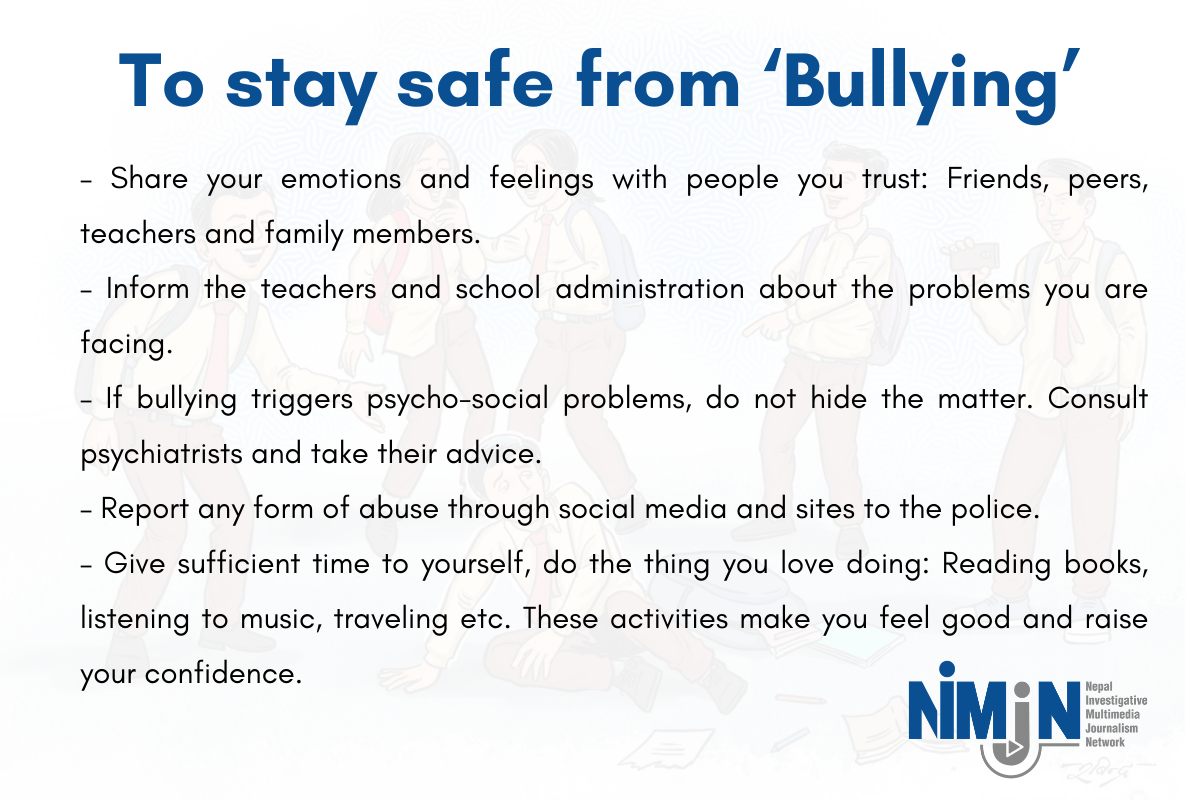
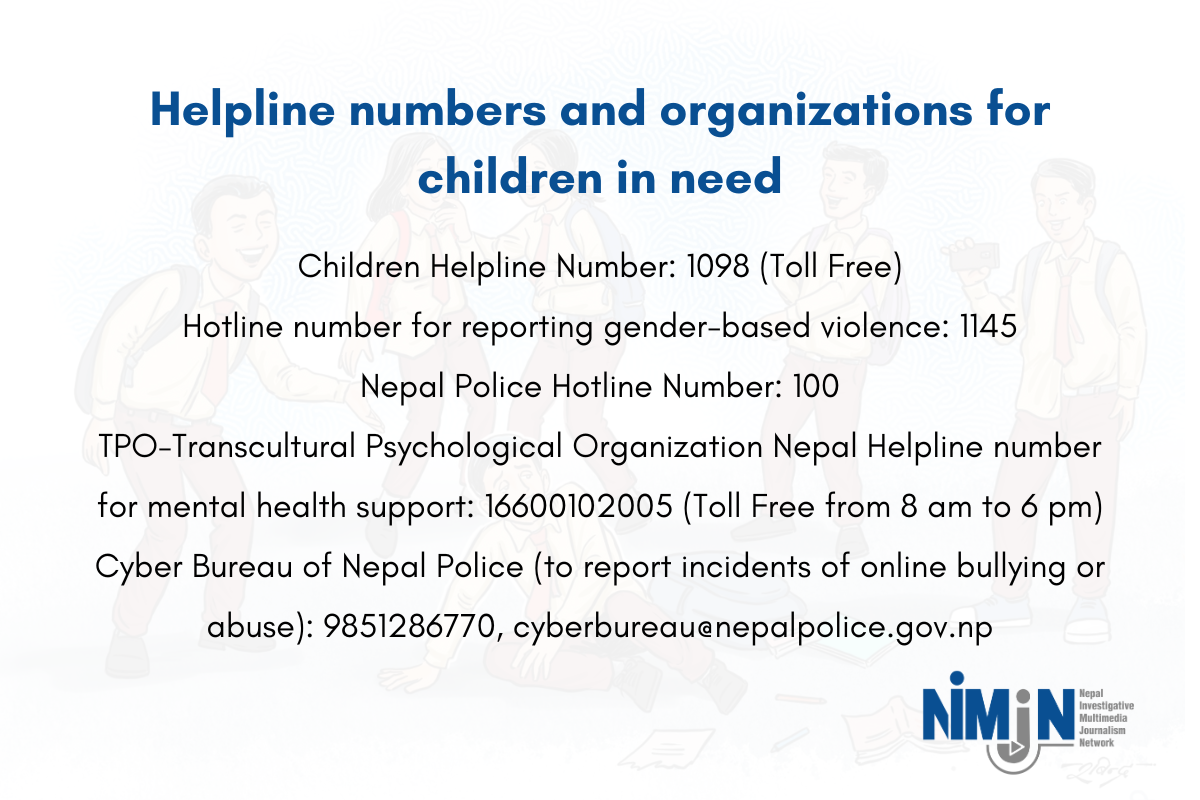
Read Our Republishing Policy here.

